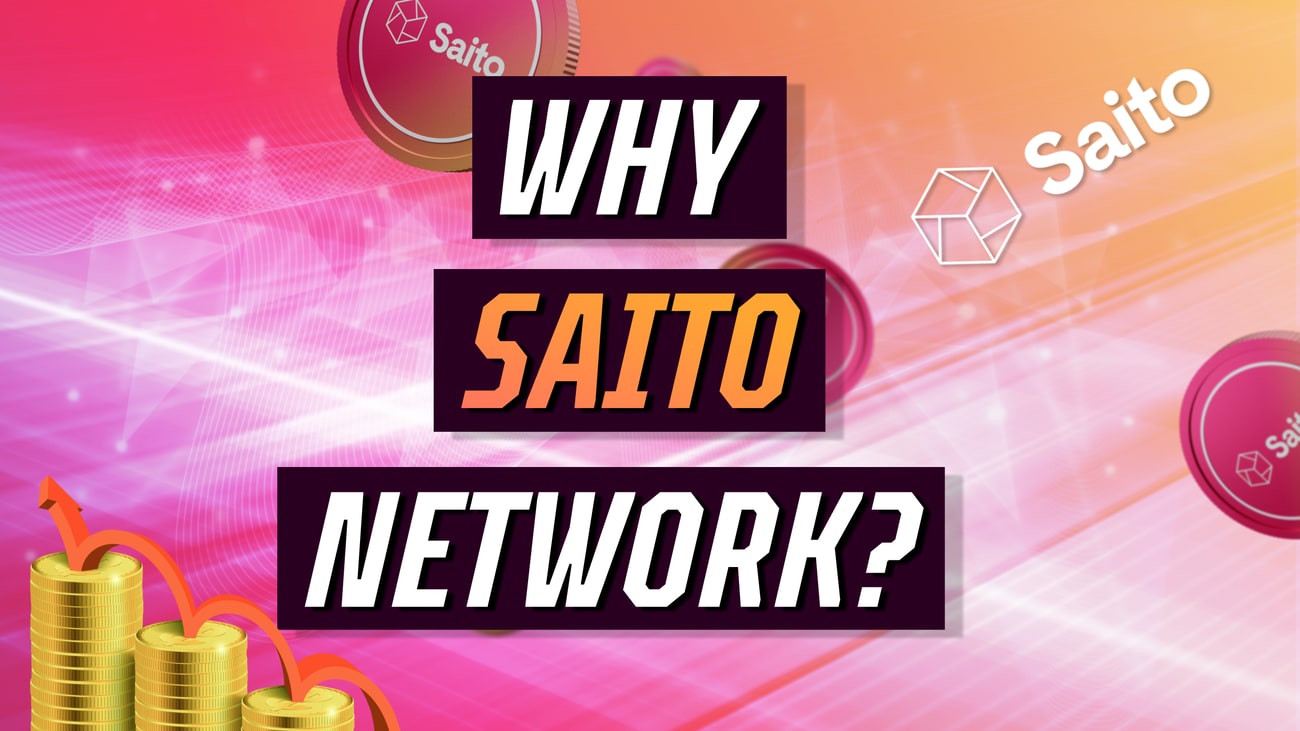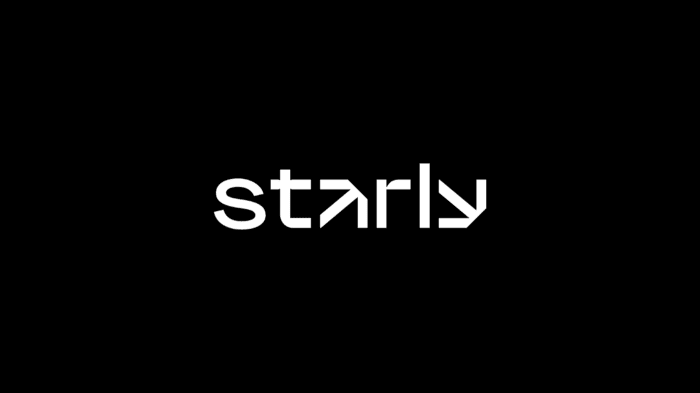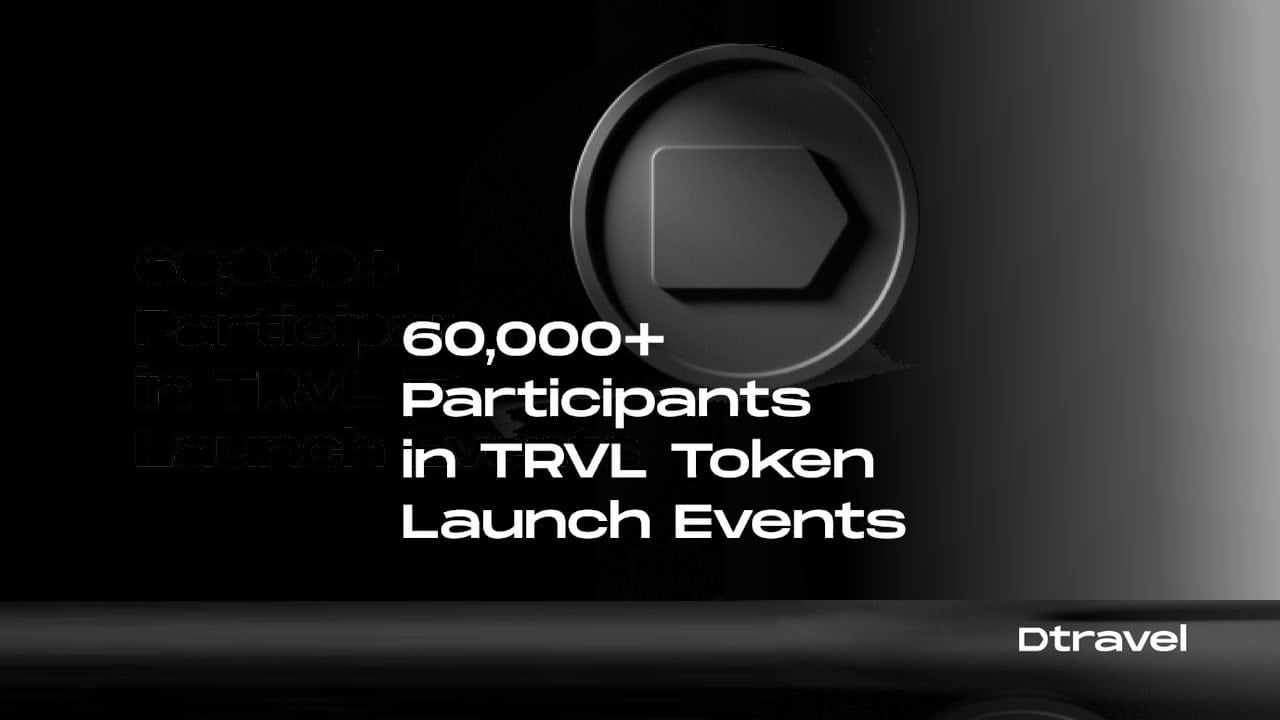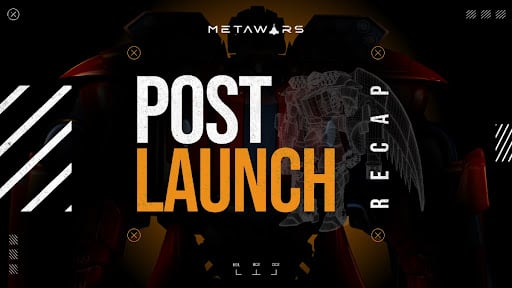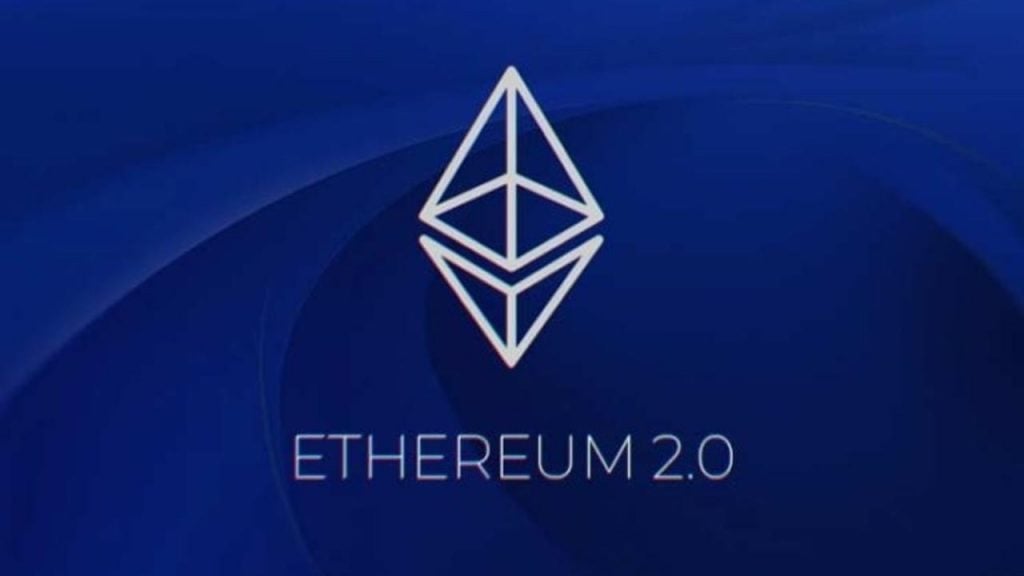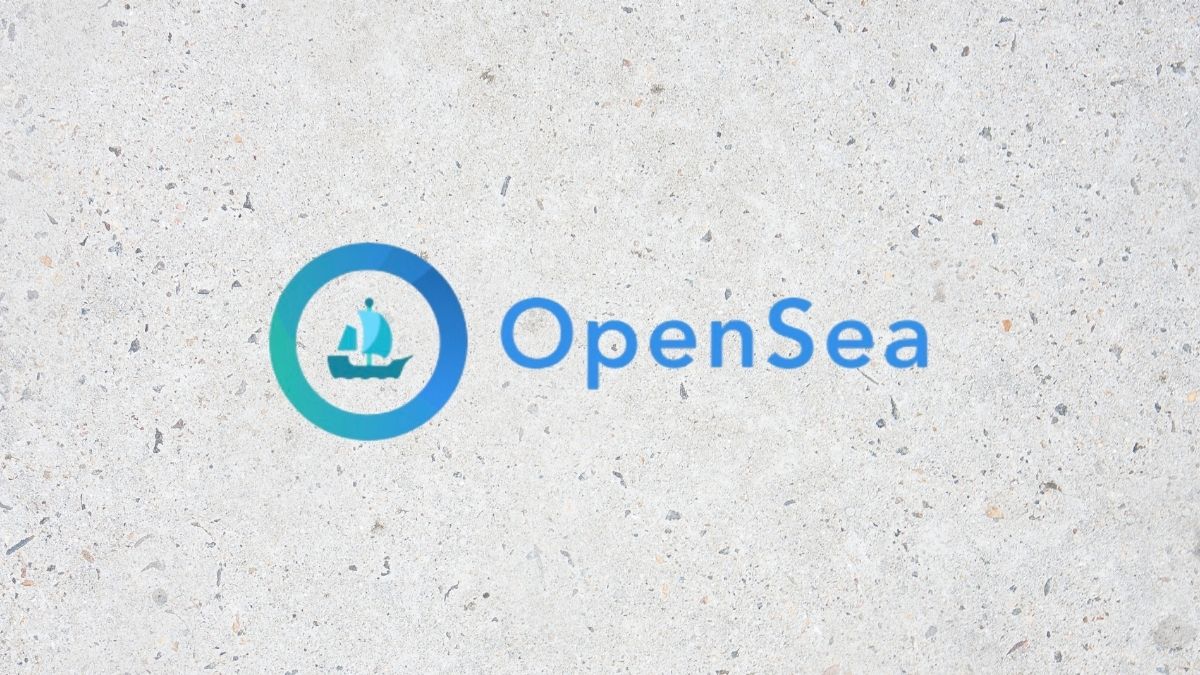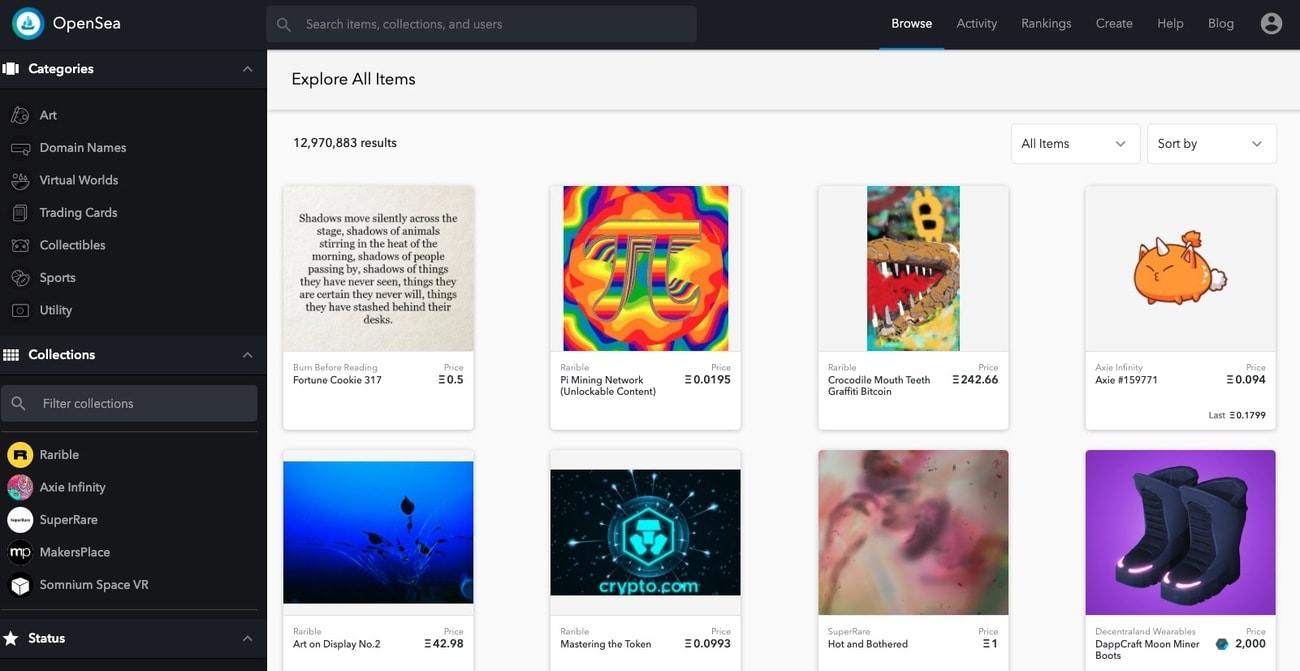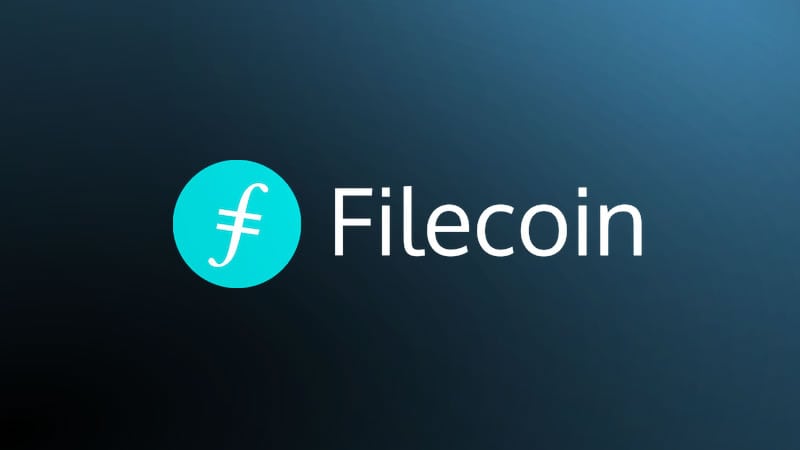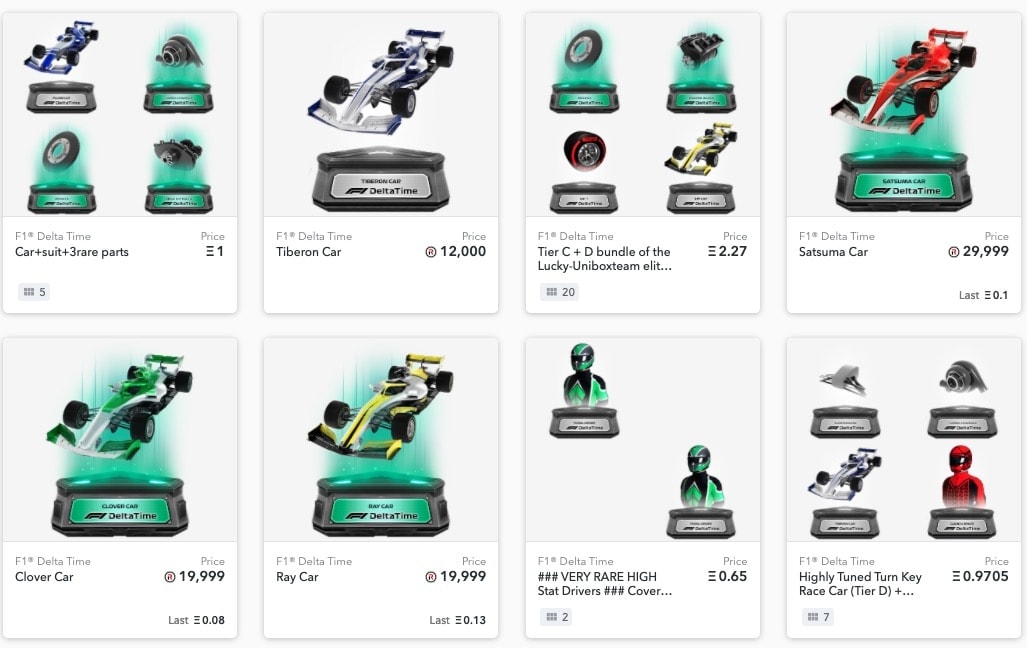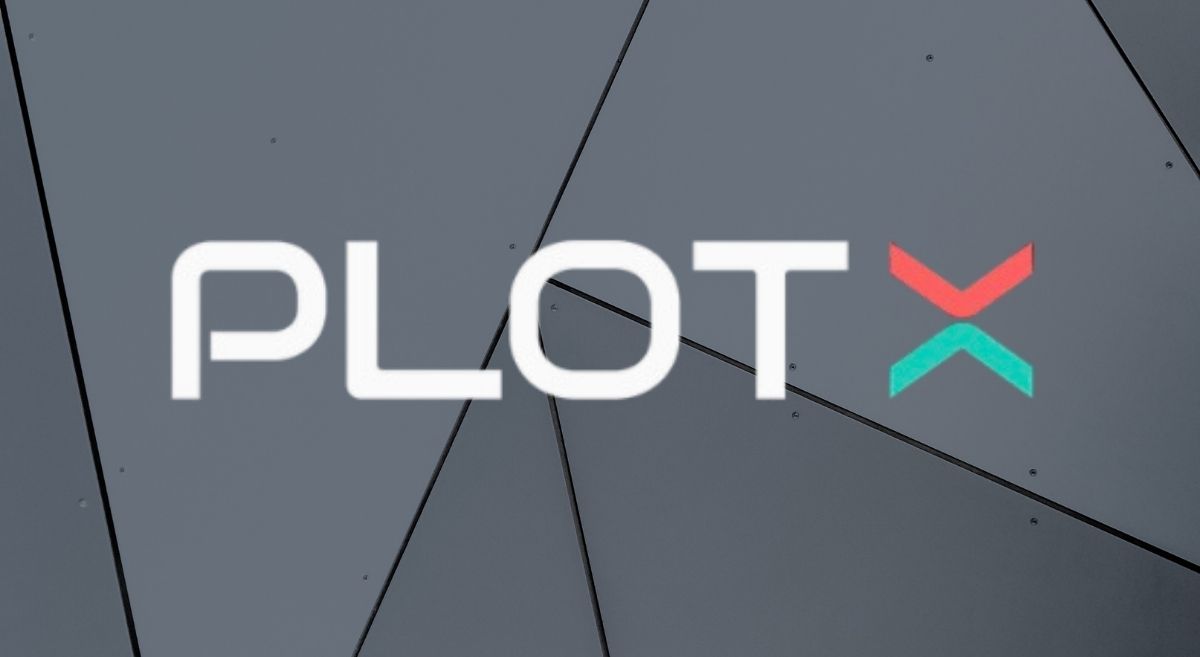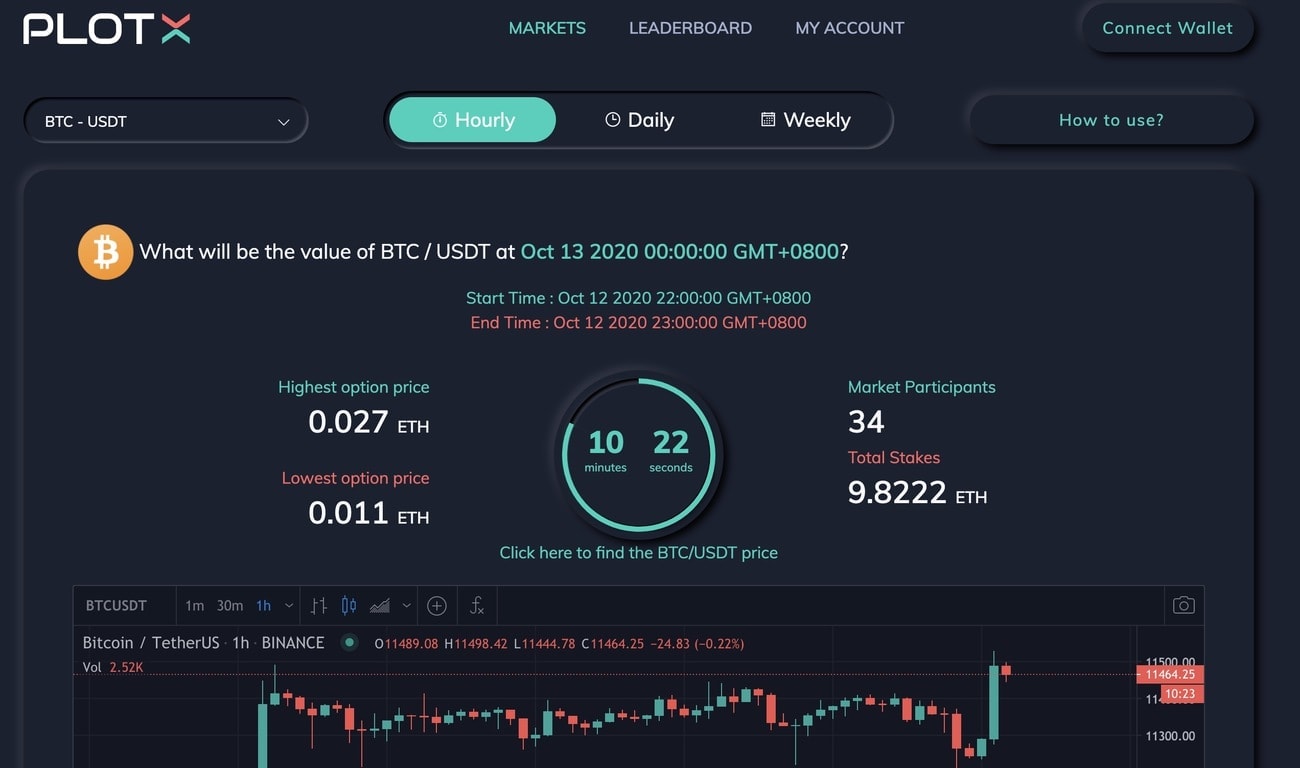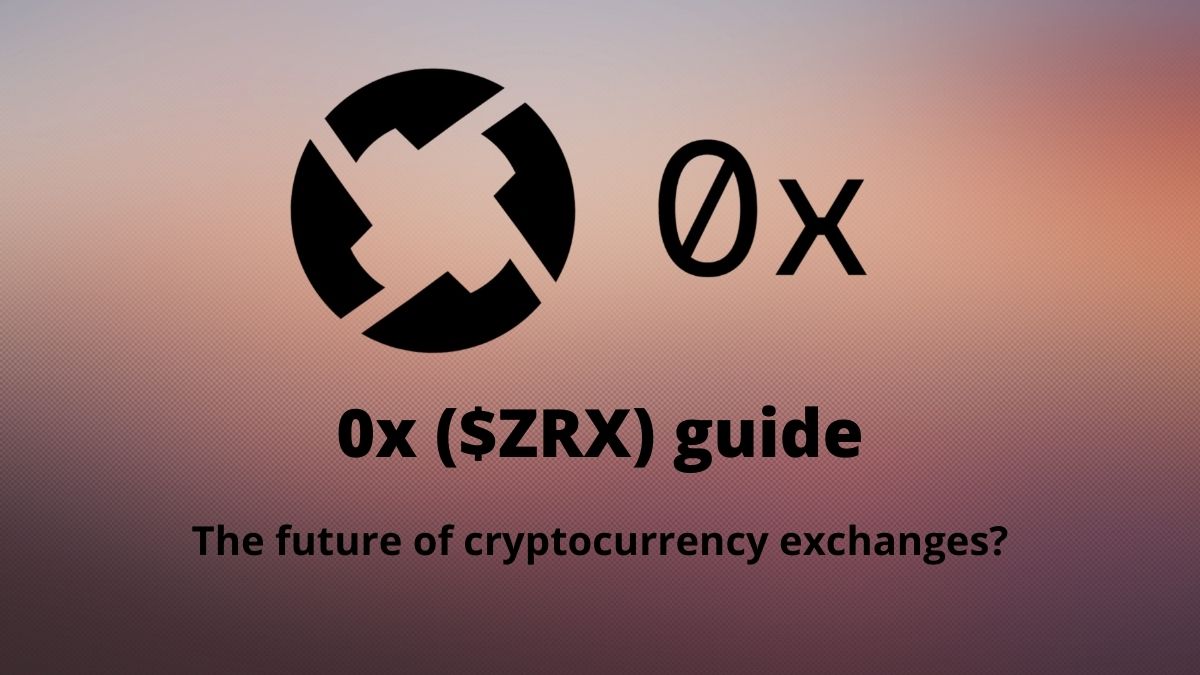Blockchain technology is often considered the best solution to problems caused by centralization. Through blockchain, people get to exercise authority over their personal affairs and enjoy more security and sovereignty, especially with financial transactions. Yet despite all the advantages of blockchain adoption, the technology also has a few current drawbacks.
Many people complain about unstable and sometimes relatively high transaction fees. For some people, the main problem with blockchain is a lack of interoperability between several different systems while others worry about response time or latency. However, a bigger issue lurks around the corner – scalability.
Compared to traditional systems, blockchain technology might be a long way from tackling the scalability problem. Saito Network helps to solve these issues by providing unique solutions for the general growth of the sector.
What is Saito ($SAITO)?
Saito ($SAITO) is a layer-1 blockchain that provides a permissionless and scalable network for decentralized applications. The open network also supports in-browser crypto applications without private APIs or plugins.
Saito aims to tackle problems caused by centralization, as well as scalability issues that are commonplace with both Proof-of-Work (PoW) and Proof-of-Stake (PoW) blockchains. Instead of paying stakers and miners for block production, the network directly pays internet service providers, allowing easy use of regular browsers for decentralized projects. This method helps new and existing Web3 projects run cost-effective operations instead of paying node operators like Infura.
Learn more about Proof of Stake (PoS) vs Proof of Work (PoW) with our article: Proof of Stake Explained
Saito’s open infrastructure provides better security for projects looking to host on a blockchain without intermediaries. A problem with employing the services of a middleman is the apparent centralization of a supposedly decentralized product. Another issue is that projects connected to the blockchain through node operators are open to several risks if the operator becomes compromised or otherwise unavailable. For example, in 2020, Infura suffered an outage that caused Binance and other exchanges to disable ERC-20 transactions. By connecting projects directly to the blockchain through the browser, Saito Network allows decentralized apps or other infrastructure to host their own nodes without an intermediary.
Features of Saito
Saito’s decentralized framework is essential to the ongoing shift to Web3. Since a major tenet of Web3 is decentralization, the platform’s basic structure is the critical tool developers and various projects need to compete in the new iteration of the internet. The following Saito features place the network at the forefront of Web3 development:
- Truly Peer-To-Peer: Saito ensures that projects and all their transactions are truly peer-to-peer. No go-between is required.
- Scalable Onchain Data: Saito solves scalability problems by providing easy dApp support through browsers instead of relying on a node operator.
- Browser Applications: All projects will quickly onboard and operate decentralized applications directly through a browser, without the need for a plugin like MetaMask.
What makes Saito special?
In addition to the advantages Web3 projects enjoy through Saito, the platform also offers the following:
- Dynamic App Support: Saito’s network provides a valuable framework for several applications regardless of data or bandwidth requirements. Developers can build anything from games to social media apps and communication tools.
- Open Infrastructure: Other networks can take advantage of Saito’s infrastructure to tackle interoperability problems.
- Web3 Blockchains: All applications built on Saito support Polkadot and many other major Web3 blockchains, with many more coming down the line.
- Enterprise PKI Support: Saito’s scalable PKI network layer tackles network security head-on. The layer’s basic design satisfies enterprise-level and encryption requirements.
- App Deployment: Developers can easily create and publish apps on Saito’s platform. App creators can do everything from start to finish without any third-party infrastructure.
- Vibrant Community: Joining the Saito community exposes projects and developers to an active and growing community of like-minded people excited about Web3 development.
Saito has already processed more than 10 million transactions and averages over 30,000 transactions per day. With more than 30 popular applications and modules already in the works, Saito has positioned itself as the best chance for the ongoing evolution of Web3.
SAITO Token: What is it?
SAITO token is the network’s native asset, a utility token that powers activities on the platform. The platform offers two types of SAITO on different networks, an ERC-20 variation and the Layer One SAITO. The ERC-20 tokens are wrapped tokens in ERC-20 form and are available to public sale participants over vesting periods. Wrapped SAITO asupports purchases and permissionless integration in off-chain applications. Users who hold ERC-20 SAITO also enjoy token withdrawals to any public Saito fork.
Layer-One SAITO tokens have on-chain utility and represent 75% of all tokens minted. As the network expands, on-chain SAITO holders will enjoy increased liquidity and convertibility. However, holders cannot directly convert Layer-One SAITO to ERC-20 SAITO. Of the allocated 75%, the Saito Foundation retains 20%, while strategic partners share a 10% pool. Rewards, contributors/developers, and the Saito core team all receive 15% each of the SAITO token supply.
Visit Saito’s latest developments here:
